As one highly interdependable and optimised industry, one minor anomaly in the airline industry may cause tremendous consequences. This is why detecting anomalies is beneficial not only for aircraft manufacturers but also for airlines and passengers. Dr. Sarah Andreas, Data Scientist at Airbus, joined us at the online Maintenance Analytics Summit to present how they use deep learning for contextual predictions of time-series sensor data. In this talk, we touched upon several important points regarding time series anomaly detection with deep learning in the airline industry.
Hyperight: Hi Sarah, we are excited to have you as one of the speakers at the virtual edition of the Maintenance Analytics Summit. Let’s begin with a few words about yourself, your background and role at Airbus.
Sarah Andreas: As a Data Scientist at Airbus, I am currently working on anomaly detection in time series data, but previously worked on other projects involving ML and AI at Airbus. I am a physicist by training, and I did my PhD in theoretical particle physics. My research focused on building models and applying statistical analyses to experimental data in order to discover new physics, in particular dark matter.
Since resigning from academia, I have used my skills and knowledge to work as a data scientist and to apply ML and AI to a variety of areas, from improving and optimising business models, processes or marketing, to the aerospace industry.


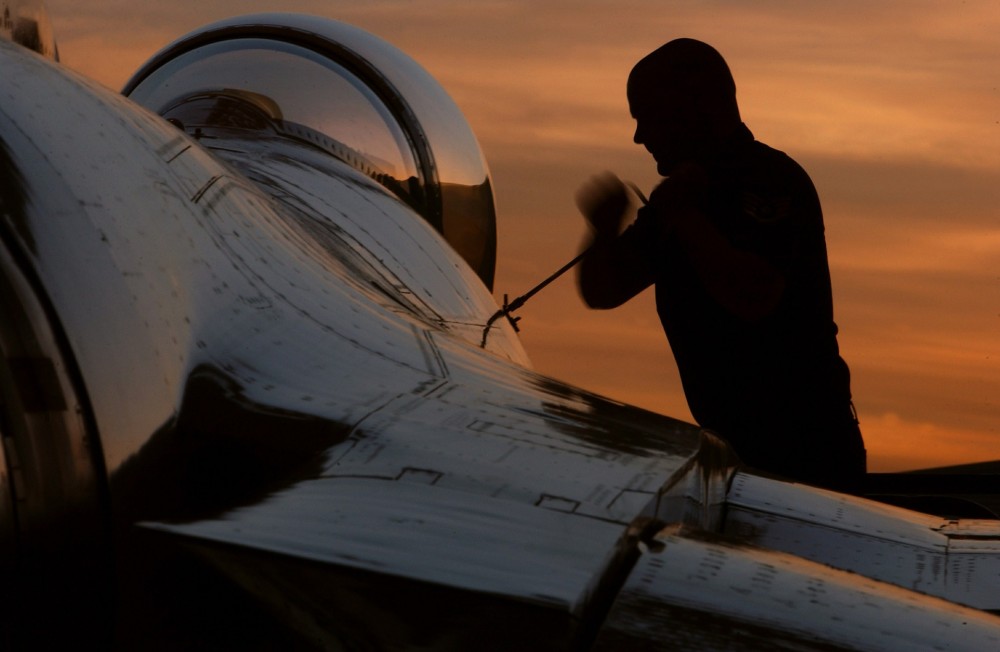

Hyperight: Deep learning has found many useful applications in different fields such as medicine for image segmentation, in the automotive industry for self-driving cars, natural language processing, and of course in the aviation industry for anomaly detection. What are the benefits of using deep learning to detect anomalies in aircraft before they actually appear? And what are the implications if they are not detected on time?
Sarah Andreas: Detecting anomalies in sensor data can benefit not only manufacturers but also airlines and passengers. But let me clarify first, that the anomalies we are looking for are only small context-dependent deviations from normal behaviour, all severe deviations from design-specifications, everything that is safety-relevant is of course already reported. The anomalies we try to capture could, for example, come from a valve that is oscillating when closing/opening and thereby causing wear and tear, which could reduce its lifetime and require earlier replacement. By pointing the engineers towards unexpected and abnormal behaviour, they can act appropriately, potentially replace parts before delivery or schedule respective maintenance without causing delays or disruptions in flight operations.
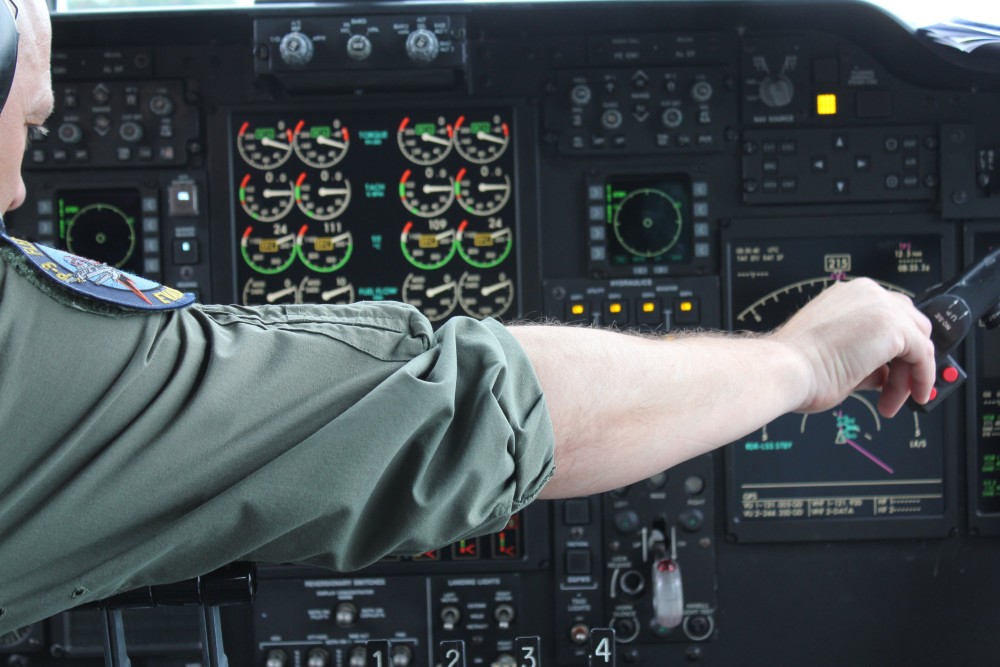

Hyperight: In your presentation summary, you mention that there are many sensors on the subsystems and systems on the aircraft that generate large time-series datasets. Could you please clarify what time series are? How do you analyse time series and provide actionable insights?
Sarah Andreas: Time series data is generated by recording the readings of sensors over time, e.g. the continuous temperature measurement at every second. Since there are many sensors all over the aircraft, this data is very valuable and could be considered the heartbeat of an aircraft, similar to the ECG of your heart taken by the doctor. We do multivariate analyses of all relevant sensors in a subsystem and train LSTM models on the normal behaviour of the system so that we can predict how the time series of a certain sensor should develop under normal conditions. By comparing this prediction with the actual measured data, we can find deviations from normality, i.e. anomalies, and notify engineers about unexpected behaviour.
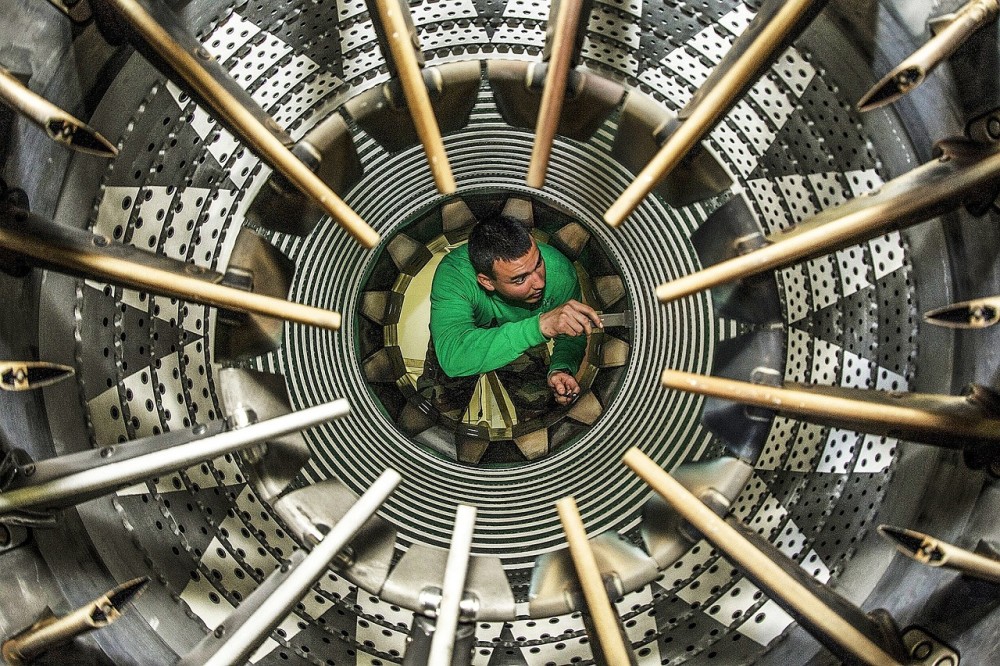

Hyperight: Besides anomaly detection, what are some other deep learning applications in the aviation industry?
Sarah Andreas: At Airbus, we focus our AI applications in 5 main areas in which we concentrate our efforts, run projects and develop platforms. Besides anomaly detection, this is computer vision, knowledge extraction, decision making and conversational assistance, like chatbots. These are applied in various divisions throughout the company, for example, to optimise production, improve processes and help guide decision making.
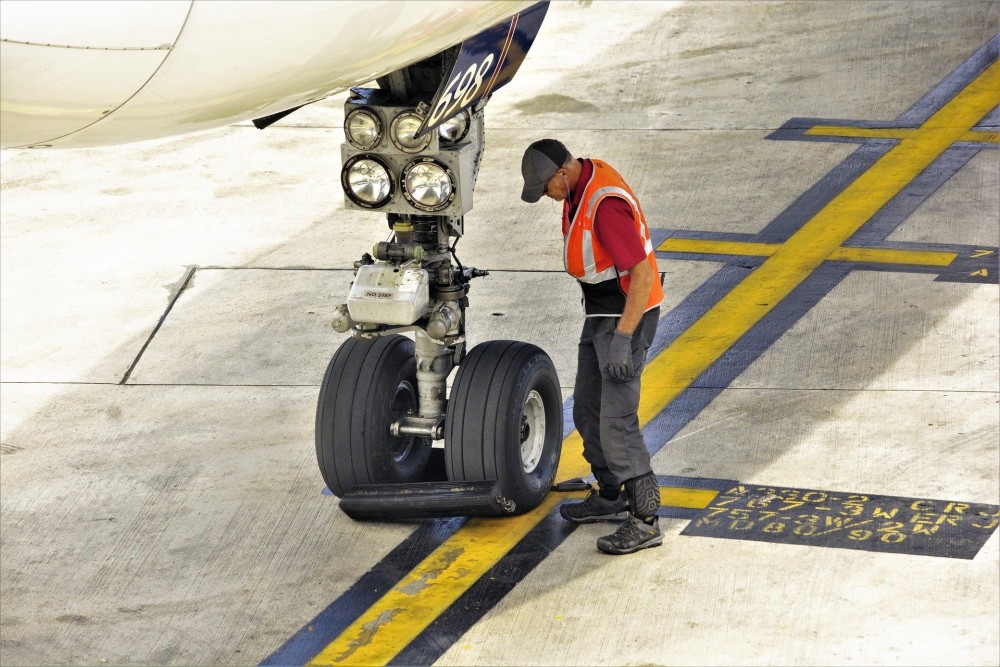

Hyperight: We can imagine the amount of data that is generated and the number of sensors and metrics that should be monitored. But automated anomaly detection systems is a solution to monitor all the metrics at scale. How much are automated anomaly detection systems viable?
Sarah Andreas: We are aiming at building a solution that can detect anomalies with human-level performance after each flight in order to point the engineers to abnormal behaviour. Such a system supports engineers in their day-to-day work while otherwise they would not be able to detect all anomalies manually since the amount of data generated is so huge that it is impossible to look through hours of data of various sensors for a vast number of aircraft. Of course, we need to ensure that performance is sufficient with few false positives since engineers would likely stop using the system after too many false alarms.
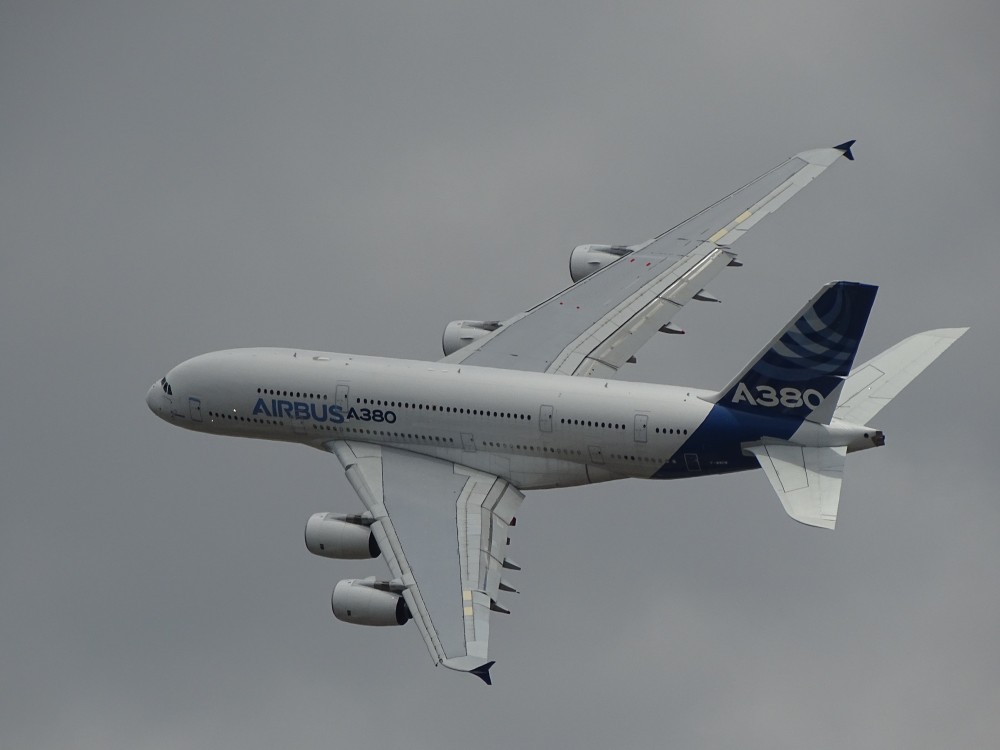

Hyperight: As we can conclude, deep learning and AI are in the research phase and haven’t found full application in the aviation industry. What are the challenges that are holding back implementation? Do you believe the future holds a solution to these challenges?
Sarah Andreas: The aviation industry has always been a great playground for innovation. It brings together many domains of expertise with very high standards in terms of performance and efficiency. But because it is a highly interdependable and optimised industry, any change needs to prove its worth before being implemented. Since deep learning and AI are very new, state-of-the-art and fast-paced, the aviation industry itself needs time to gain hands-on experience and to better understand the benefits and limitations before implementing it. This is particularly important with respect to explainability and reproducibility, especially since ML/AI are usually perceived as a black box. Addressing this issue is also important when it comes to aircraft safety and as a result, certifying any ML/AI systems by the global aviation authorities.
I believe that it is important for our industry to get accustomed to ML/AI, which will then play a significant role in shaping the future of the aviation industry.
Since there are many sensors all over the aircraft, this data is very valuable and could be considered the heartbeat of an aircraft, similar to the ECG of your heart taken by the doctor.
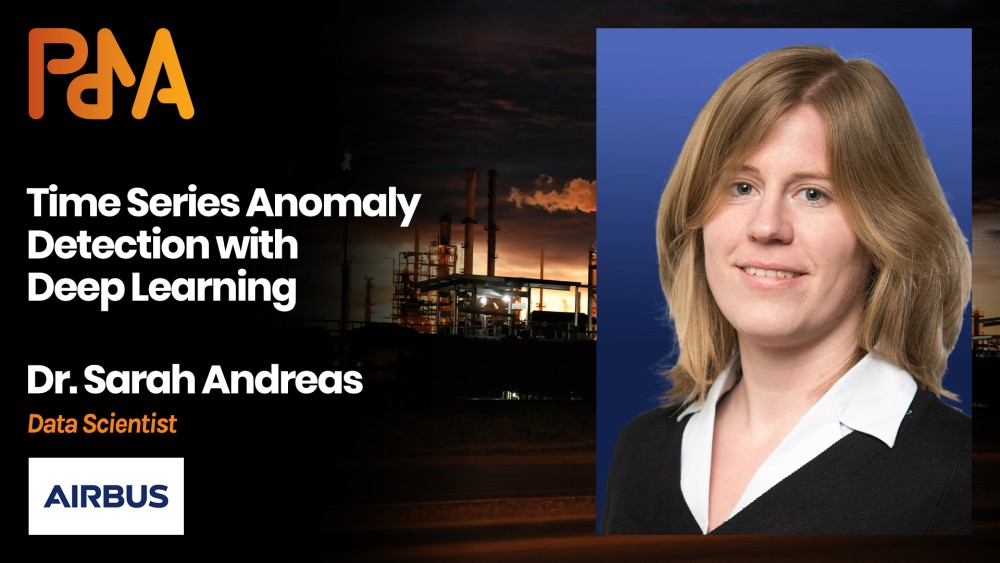


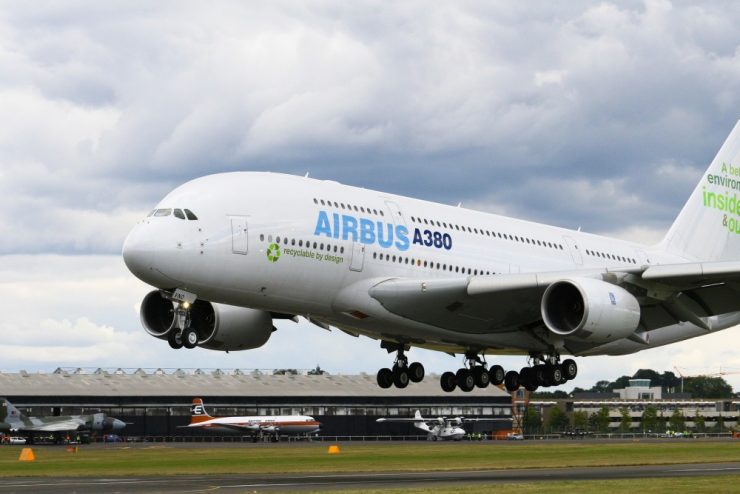

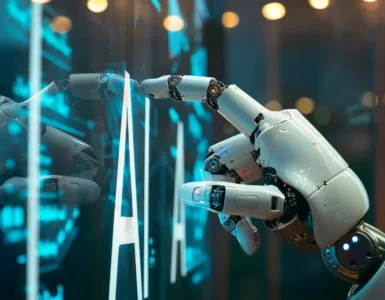










Add comment